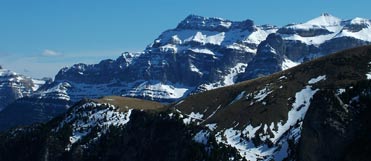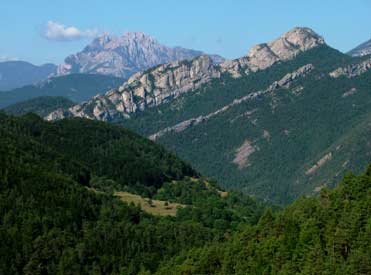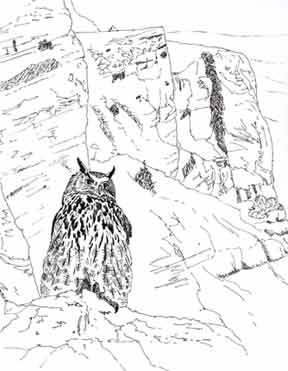Birders planning a trip to Spain, either to northeast Spain or elsewhere in this large and varied country, don’t only want to know where the most interesting birds are, ie. the best birding sites, but also where to stay when they are looking for the birds.
If planning a birding trip to northeast Spain then the whereabouts of those most wanted birds are well explained in “Where the birds are in northeast Spain”. Now you have knowledge of the birds, but what’s the next step? Well, choose which birding site or area is most suitable for you and then look for some suitable accommodation. But what kind of accommodation (by the way accommodation is spelt with two c’s and two m’s, and not “accomodation”)?
I often receive or see requests from foreign birders about suitable campsites, or else on trip reports read how the group stayed in a 3.star hotel in the middle of this city or town or another. My experience of birding in Spain, and tour leading too, tells me that these birders are looking in the wrong direction.
Most interesting birds are in rural areas. So why stay in a city? The traffic, the hassle of finding the hotel, the surroundings…you usually can’t just get up in the morning and start birding around the hotel grounds if you are staying in a city hotel. I’ll admit some of these establishments can be quite plush, adding however that most of them lack in local character. They don’t give you a feeling for the place you are visiting.
Campsites? OK for students on a tight budget, is that what you are?
So for me the best birding hotel in Spain is a small rural hotel, within easy reach of the sites you want to bird, with charm and character, and at a price that is usually very affordable. If you bird with Swarovskis or Leicas then why are you looking for campsites?
If you don’t know how to find these small rural hotels, the recommended accommodation for birders coming to northeast Spain, then obviously you haven’t seen or paid attention to the recommended accommodation on the Birdinginspain.com web page. Of course you are free to ignore this advice – after all it’s your holiday (and your pocket).



